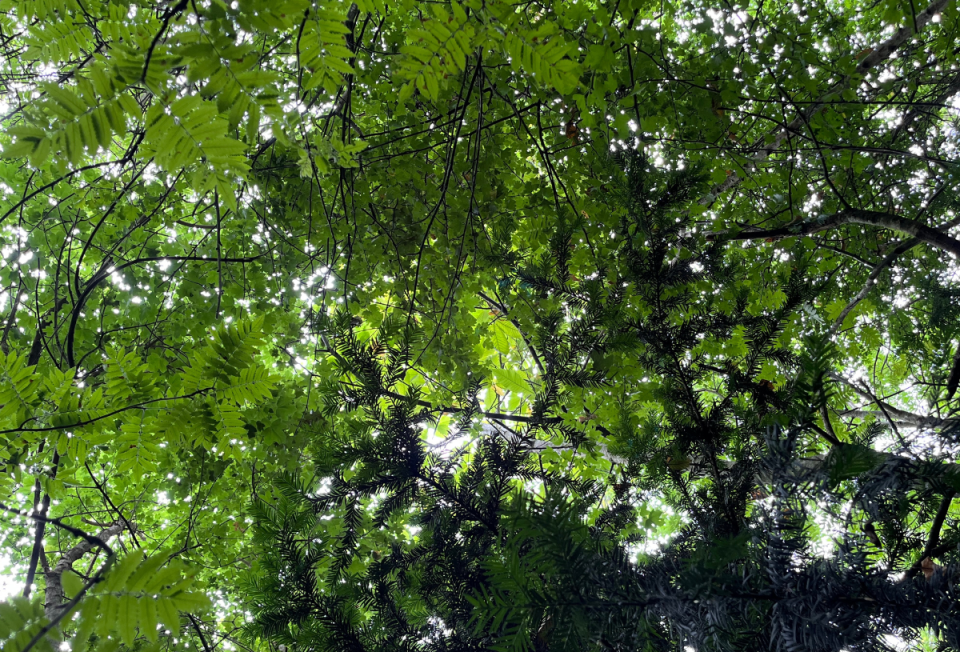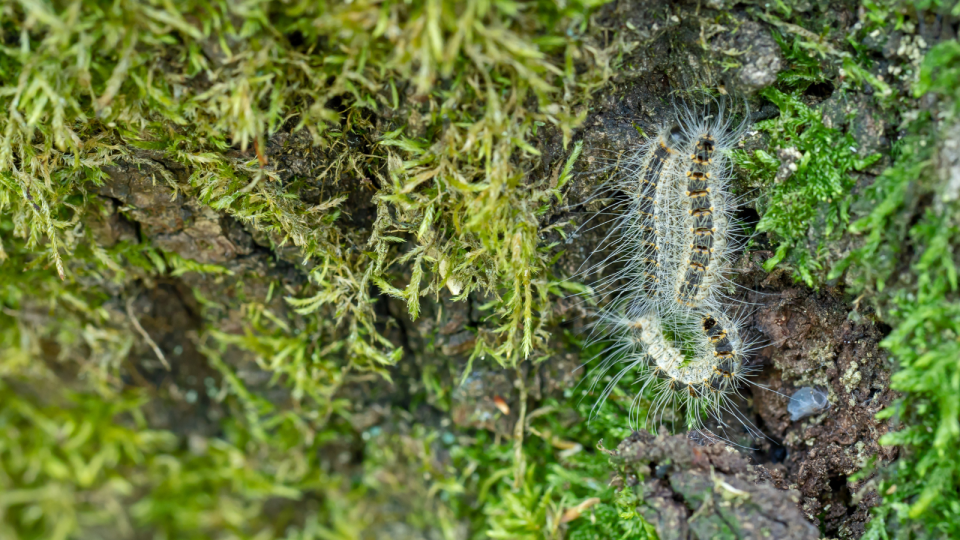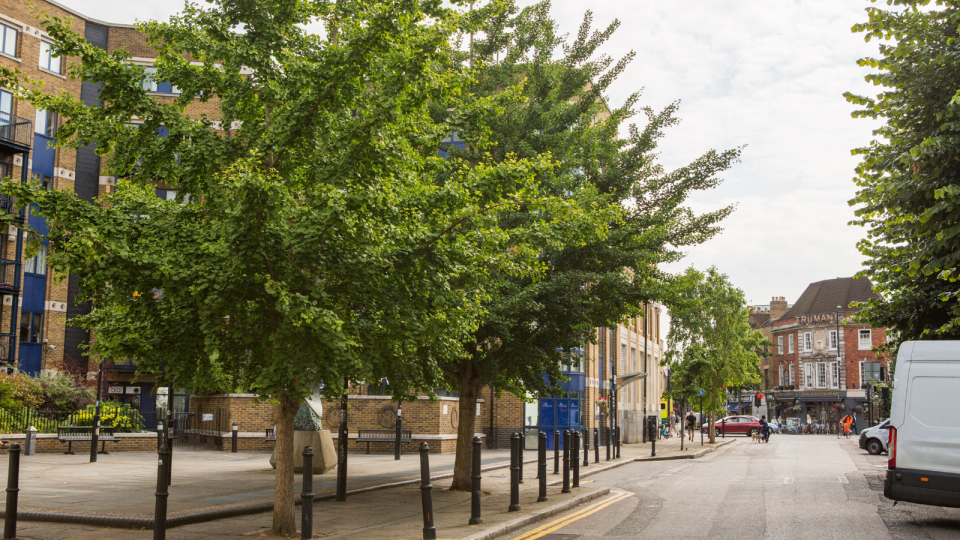Climate change threats to British trees

Towering oaks, vibrant hollies and ancient yews – just a small example of the wonderful native trees that adorn our landscape here in the UK. But our national trees are under threat. Volunteer writer Louise Mittal explains.
Increasing threats
Trees and forests are a vital tool in combatting the climate emergency due to their ability to remove carbon from the atmosphere and store it. They also make an important contribution in climate change adaptation, particularly in cities, as they have a local cooling effect, provide shade, reduce pollution and help to reduce the impact of flooding.
Unfortunately, the changing climate poses a significant threat to the trees which help to protect us. According to Forest Research, drought, flooding, pests, pathogens, wind and fire are increasing risks to British woodland as the planet warms.
City trees are particularly vulnerable to climate change because of the higher temperatures in cities, confined growing spaces and less predictable water supply.
4 Effects on British native trees
Native trees are well suited to thrive in our climate, but weather patterns are changing more quickly than they are able to adapt.
1. Drought
Certain types of trees are more vulnerable to drought. For example, beech trees, which are some of our tallest native trees, are particularly susceptible due to their shallow root systems. Beeches in southern England are most affected because of the lower rainfall and higher temperatures. Birch and sycamore trees are also sensitive to drought.
During the most extreme conditions, such as the record-breaking summer of 2022 when temperatures in southern England reached 40°C, many types of trees can suffer. 2022 was the fifth driest summer on record and combined with the prolonged heat, this prompted a “false autumn” with leaves changing colour and dropping much earlier than they should due to drought stress.
2. Flooding
Shallow root systems also increase vulnerability to floods and waterlogging. Beeches suffer in standing water but some British trees are more tolerant of waterlogging as they are frequently found in wet woodland environments. Particularly well-known are willows and alder which often grow close to streams and rivers. When managing woodland prone to flooding, planting these types of tree can help to reduce tree damage from floods.
3. Pests and pathogens
Several British trees have been affected by pests and disease in recent years. Although not all of this can be attributed to climate change, it can increase the severity of the effects. Ash dieback has devastated British woodlands since it was first discovered in the UK in 2012. Climate change has resulted in more favourable conditions for the fungus which causes ash dieback, such as mild, wet winters. Heat and drought can also cause trees to be more susceptible.
The oak processionary moth has been spreading in the UK as temperatures rise, threatening beloved oak trees. Since being unintentionally imported to London around 2006, the moth and its caterpillars (which can also be harmful to humans) have spread in southeast England. Careful management is required to reduce the spread and the public can help by reporting suspected sightings.
Further details of these and other pests and pathogens affecting trees in the UK can be found in this blog post from the Met Office.

4. Fire
The risk of wildfires is likely to increase, even in the traditionally rainy UK, with hotter drier conditions. 2019 was a particularly bad year for wildfires with over 28,000 hectares of land burned. Forest fires often start in areas with a lot of human footfall, where activities such as barbecues can start accidental blazes. In London, a wildfire in summer 2022 spread rapidly and destroyed houses in Havering. This type of incident could potentially affect our urban trees.
Addressing the challenges
Woodland management practices can be adapted to help trees withstand the effects of climate change within and outside cities. In areas more prone to heat and drought, such as south-east England, prioritising planting of more drought tolerant species can improve resilience. When it comes to preventing the spread and impact of pests or pathogens, increasing the diversity of tree species can play an important part.
In some cases, non-native species may be better adapted to cope with changing conditions as the crisis worsens. However, this needs to be considered carefully alongside other potential effects on ecosystems and biodiversity. The use of non-native species is becoming more common in cities where there is less potential for them to spread invasively.

Even the simple act of keeping things clean can help. By cleaning tools, shoes, wheels (anything that’s likely to touch the ground!) before visiting or working in parks, you can help prevent the spread of pests and diseases.
Supporting our work
As a tree charity, climate change and its effect on our native species is never far from our thoughts. We plan, plant and protect trees with this in mind, but we need your help to get the work done.
- Help to plant trees
The next planting season begins in October and our volunteers are integral in getting new trees in the ground! - Stay connected to Trees for Cities
Sign up for our monthly e-newsletter to hear about the latest news and opportunities. - Water local trees during hot and dry conditions
Help give them a better start in life - Become a regular donor
We can't green cities without our generous supporters! - Urgent action to reduce emissions is more important than ever. Play your part by writing to your MP and making climate-friendly choices where possible.
Trees have many benefits for health and wellbeing, for wildlife and in the fight against climate change. Let’s help protect them so they can continue to protect us.
Donate to Trees for Cities and together we can help cities grow into greener, cleaner and healthier places for people to live and work worldwide.
Donate